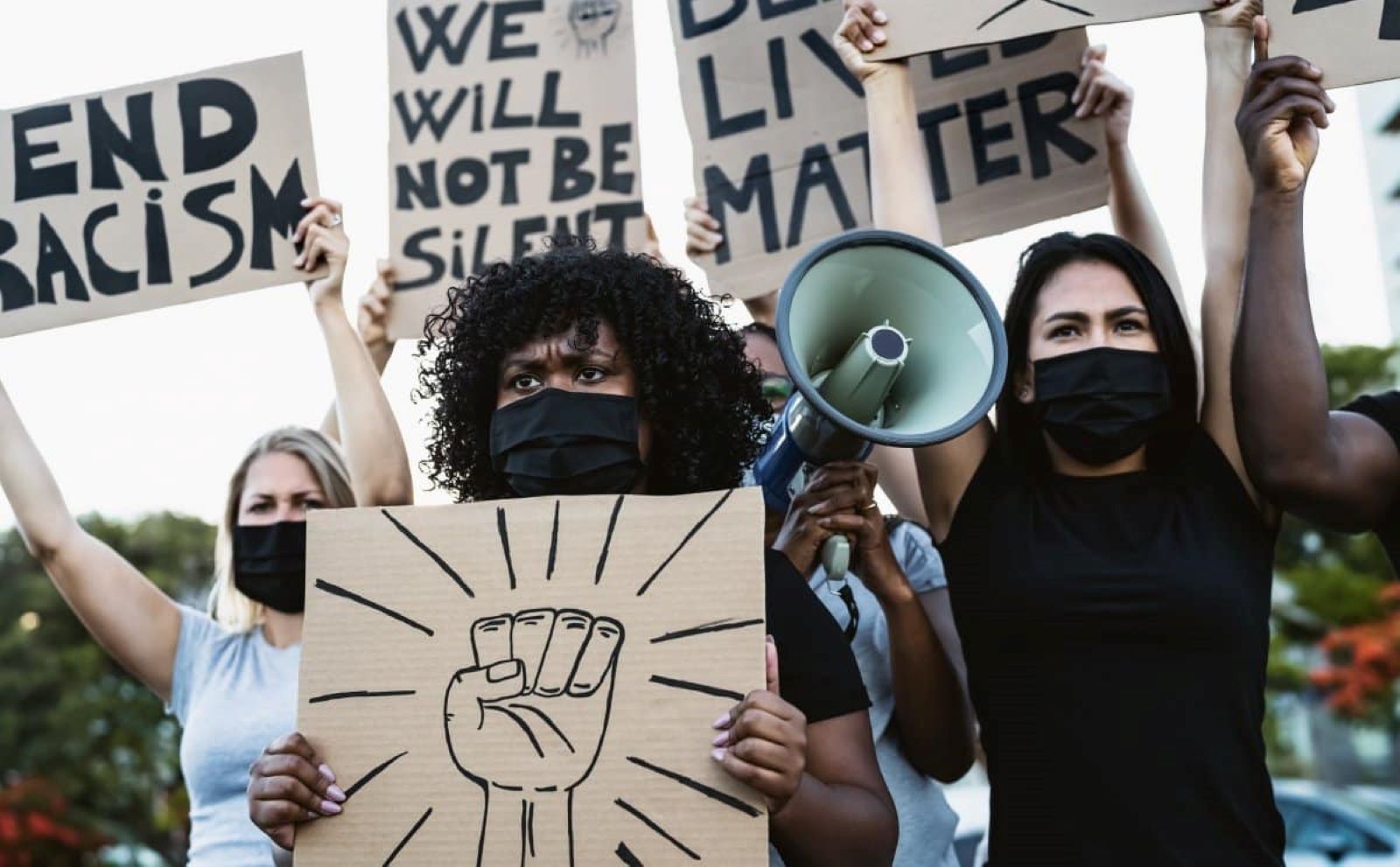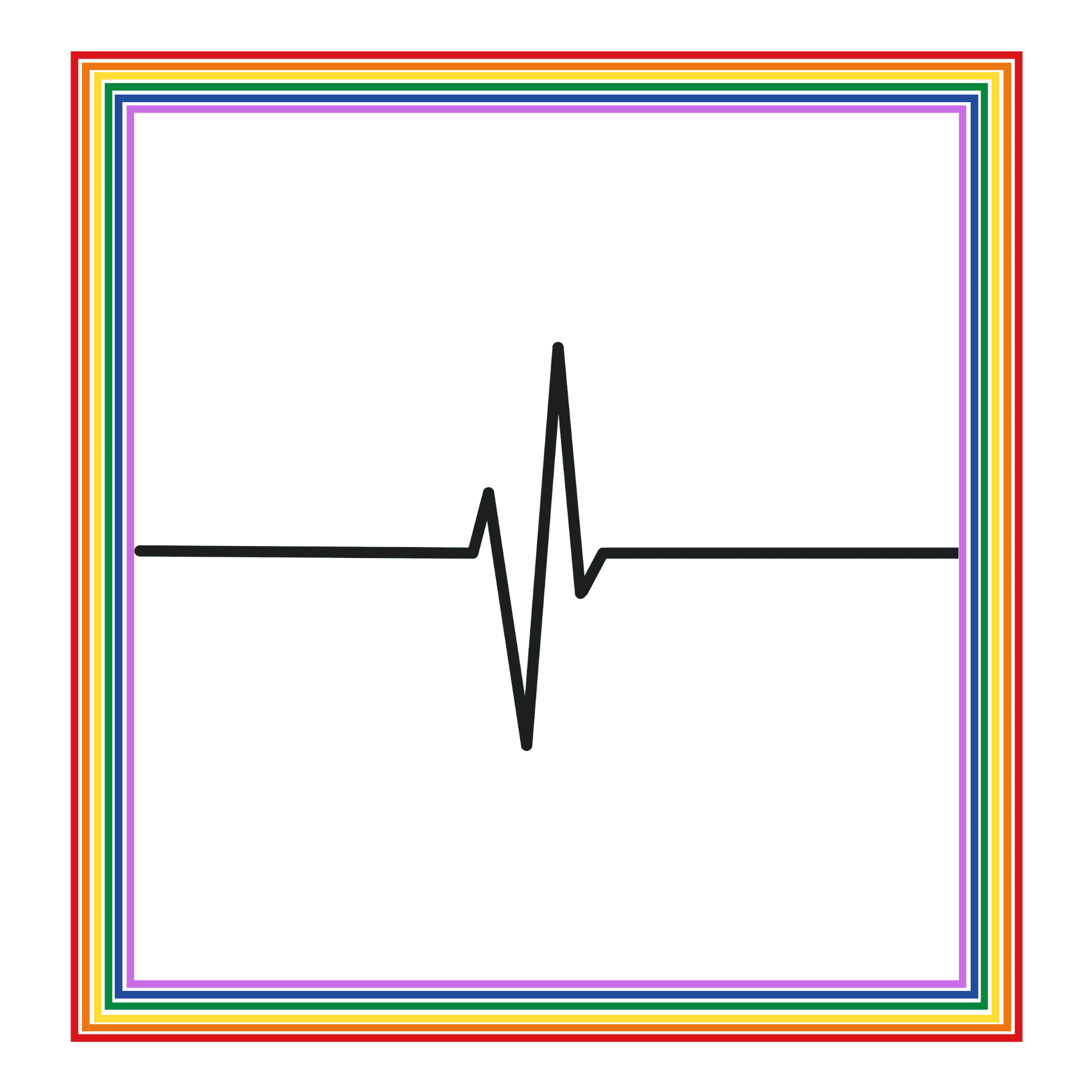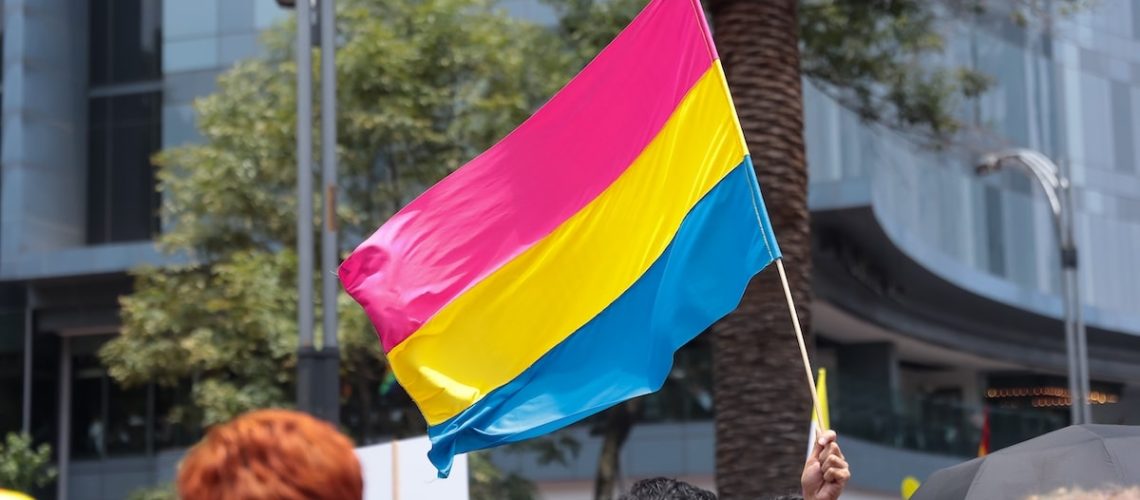Pansexuality is a sexual orientation where individuals are attracted to people regardless of their gender. Unlike more binary sexual identities, such as heterosexuality or homosexuality, pansexuality is inclusive of all genders—male, female, non-binary, genderqueer, and more. The term “pan” comes from the Greek word meaning “all,” reflecting the expansive nature of this orientation. Pansexual individuals may describe their attraction as based more on personality, emotional connection, or shared values rather than gender or biological sex.
It’s important to distinguish pansexuality from similar terms like bisexuality. While both orientations involve attraction to multiple genders, pansexuality emphasizes that gender is not a determining factor in attraction at all, whereas bisexuality typically refers to attraction to two or more genders, often men and women or other gender variations. The distinction may seem subtle but is significant for many who identify as pansexual.
Common Misconceptions About Pansexuality
Pansexuality, like many non-traditional sexual orientations, is often misunderstood. One common misconception is that pansexual people are attracted to literally everyone, which is not the case. Pansexuals, like anyone else, have preferences and may not feel attraction toward everyone they meet. The key distinction is that when attraction does occur, the person’s gender does not limit that attraction.
Another misconception is that pansexuality and bisexuality are the same thing. While some people use these terms interchangeably, others see them as distinct. Bisexuality typically involves attraction to two or more genders, but may still operate within a gender binary (such as attraction to men and women), whereas pansexuality explicitly rejects the gender binary and is inclusive of all genders.
How Is Pansexuality Different from Other Sexual Orientations?
Pansexuality sets itself apart from many other orientations by its inclusivity of all gender identities. Whereas heterosexuality is attraction to a different gender, and homosexuality is attraction to the same gender, pansexuality opens the door to attraction that isn’t influenced by gender at all. This is why many pansexual individuals express that their attraction is based on who a person is at their core rather than the labels society may place on them.
It’s also different from asexuality, where individuals experience little to no sexual attraction to others. Pansexual people can experience sexual and romantic attraction but are not limited by gender norms in who they are attracted to.
What Does It Mean to Be Panromantic?
While pansexuality refers to sexual attraction, panromanticism refers to romantic attraction. A panromantic person is romantically attracted to people regardless of their gender, just as a pansexual person is sexually attracted to all genders. In some cases, individuals may identify as panromantic but not pansexual, meaning they may form deep romantic bonds with people of any gender but might not experience sexual attraction to them.
How Do Pansexual People Experience Relationships?
Just like anyone else, pansexual individuals form connections based on mutual respect, affection, and attraction. The difference lies in how these attractions manifest; for pansexuals, gender doesn’t limit their potential connections. A pansexual person may enter into a relationship with someone of any gender identity, but, as with all relationships, compatibility, mutual interest, and emotional connection are the defining factors.
Pansexual people are also diverse in how they engage with relationships. Some may prefer monogamous relationships, while others might explore polyamory or open relationships, just as individuals of other orientations do. It’s important to remember that pansexuality speaks to the potential for attraction, not necessarily how individuals conduct their relationships.
Visibility and Representation
Though pansexuality is becoming more widely recognized, it still faces challenges in terms of representation and understanding. Mainstream media and pop culture often focus on heterosexual or homosexual relationships, with little room for the diverse spectrum of identities that exist, including pansexuality. However, awareness is growing, with more public figures openly identifying as pansexual, including celebrities like Janelle Monáe and Miley Cyrus. Their visibility has helped more people understand and appreciate the nuances of this orientation.
The representation of pansexuality in media, while still limited, is crucial for breaking down stereotypes and providing a broader understanding of human sexuality. As more stories featuring pansexual individuals come to the forefront, it can lead to greater acceptance and appreciation of the diversity within human sexual orientations.
Pansexuality and the LGBTQ+ Community
Pansexuality is an integral part of the LGBTQ+ spectrum, contributing to the diversity of experiences and identities within the community. However, pansexual individuals sometimes face erasure or exclusion even within LGBTQ+ spaces, where their identity may be misunderstood or lumped together with bisexuality. This erasure can be frustrating for many pansexuals, as it diminishes the distinctiveness of their orientation.
Activists and advocacy groups are working to increase understanding and acceptance of pansexuality within and outside the LGBTQ+ community. Through education, representation, and open discussions, pansexuality is gaining visibility, helping more people feel affirmed in their identity.
Pansexuality is a unique and inclusive sexual orientation that challenges the traditional boundaries of gender when it comes to attraction. By understanding what it means to be pansexual, we can appreciate the diversity of human sexuality and work towards a more inclusive society where all identities are recognized and respected.
21 Subtle Racisms That Are Commonplace in America

Racism in America isn’t always overt; it often hides in plain sight through subtle actions and attitudes. How many of these subtle racisms have you noticed around you? 21 Subtle Racisms That Are Commonplace in America
Featured Image Credit: Shutterstock.
This post first appeared on Pulse of Pride.

